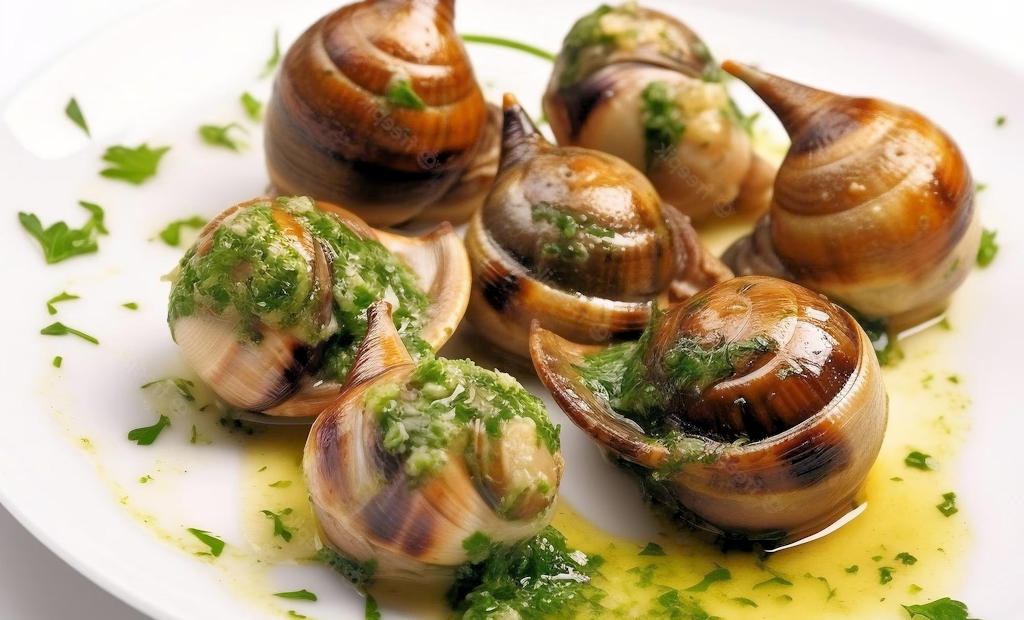The origins of caracóis as a culinary delicacy are rooted in the ancient Roman era. The Romans introduced snail farming and gastronomy to the Iberian Peninsula, considering snails a true delicacy. Boiled, roasted, fried, or stuffed, snails were savored in various forms by the Romans. They also believed in the medicinal properties of snails, employing them to treat diverse ailments.
Portugal, steeped in culinary tradition, has embraced caracóis for centuries, particularly in the southern regions of Alentejo and Algarve, where they are more abundant and diverse. These delightful treats are also prevalent in Madeira and the Azores islands, known as búzios in those regions. The preparation of caracóis typically involves cooking them in large pots over low heat until they retreat from their shells. The resulting cooking liquid is then reduced and seasoned with an array of herbs and spices, creating a delectable broth that is often sipped or used to soak bread, ensuring not a drop of flavor goes to waste.
Caracóis extend beyond their culinary appeal; they are a symbol of socialization and conviviality. Traditionally enjoyed in the company of friends or family, caracóis create a relaxed and informal atmosphere where conversation flows and bonds strengthen. These delightful treats are also synonymous with festivals and celebrations, such as the Feast of St. Anthony in Lisbon, where they are often sold alongside grilled sardines and complemented by glasses of fine wine. Caracóis are a quintessential example of Portuguese petiscos, small plates of food meant for sharing and savoring together.
Lisbon.vip Recommends
Caracóis represent more than just a dish; they are a testament to Portugal's history, culture, and diversity. They embody the ingenuity and adaptability of the Portuguese people, who skillfully utilize the natural resources at their disposal. Beyond the realm of gastronomy, caracóis serve as a reminder of the importance of friendship, community, and celebration in life. They encapsulate the Portuguese way of being - a celebration of both the culinary arts and the bonds forged around the table. So, next time you encounter a plate of caracóis, take a moment to savor not just the flavors but also the stories and traditions that make them an integral part of Portuguese culture.



